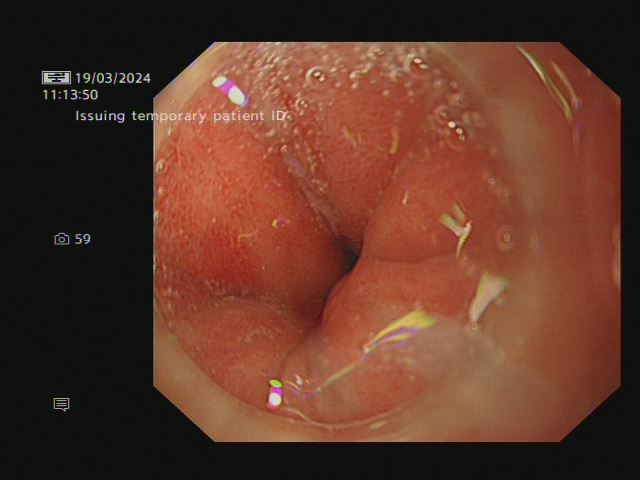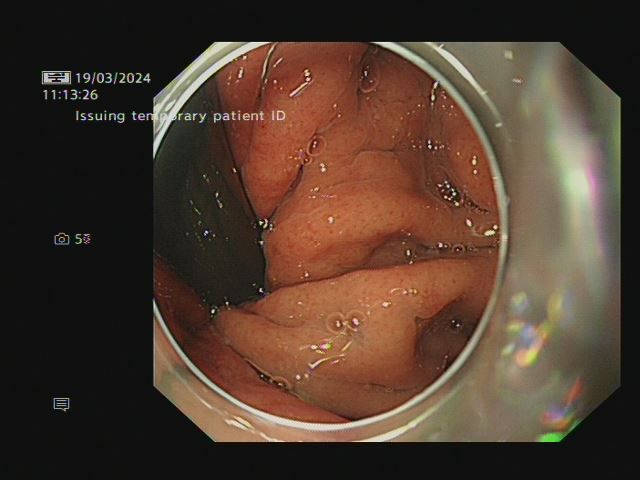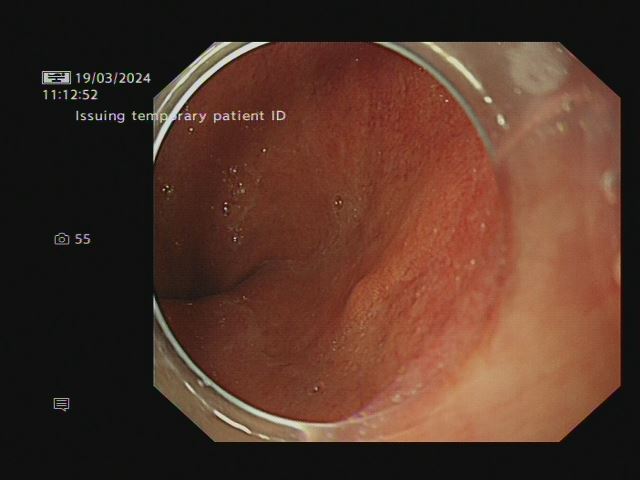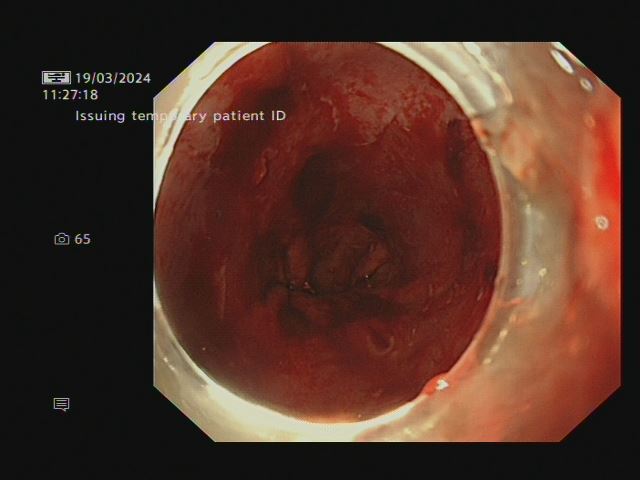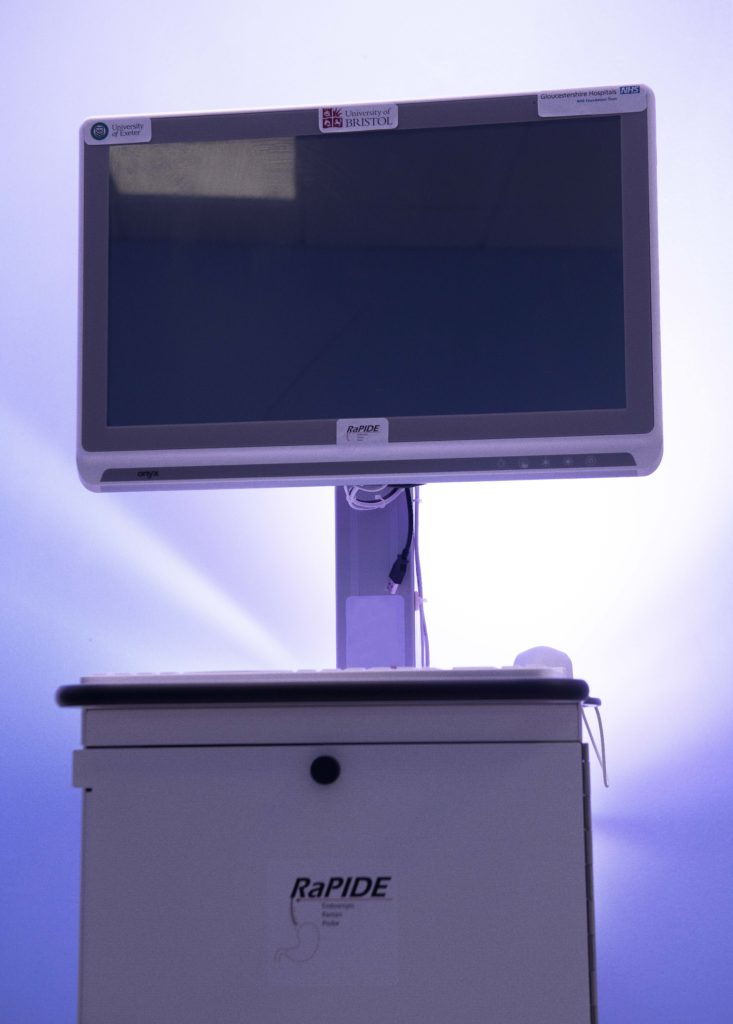Cancer of the oesophagus is the fourteenth most common cancer in the UK (2016-2018, CRUK), and is the 7th most common cause of cancer death in the UK (CRUK). It is often discovered so late that successful treatment is very distressing, dangerous and difficult.
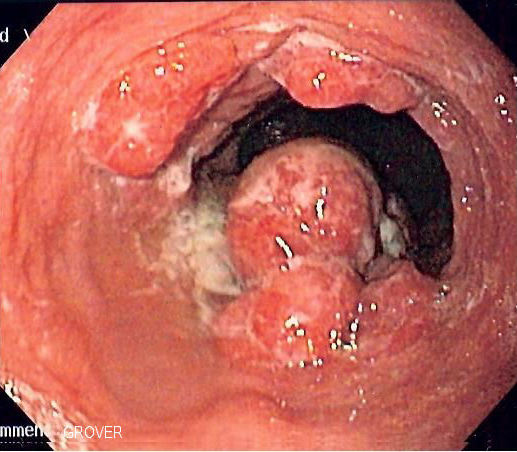
We have already shown that it is possible to tell the difference between healthy and diseased tissue in the laboratory by looking at the light emitted by tissue when we shine a low power laser on to it. We intend to use this technique, known as “Raman Spectroscopy” to tell if tissue in the oesophagus is cancerous, healthy or at some stage before becoming cancerous, which we term pre-cancer.
We have shown in the laboratory that this method will be at least as accurate as the conventional methods used now, but will provide the clinician with instant results without the delay and cost of a laboratory analysis by pathologists.
We have designed a miniature probe that slides through a channel in the endoscope (telescope) to the surface of the oesophagus to make near instant assessments of its condition without the need for expensive and distressing tissue removal (biopsies).
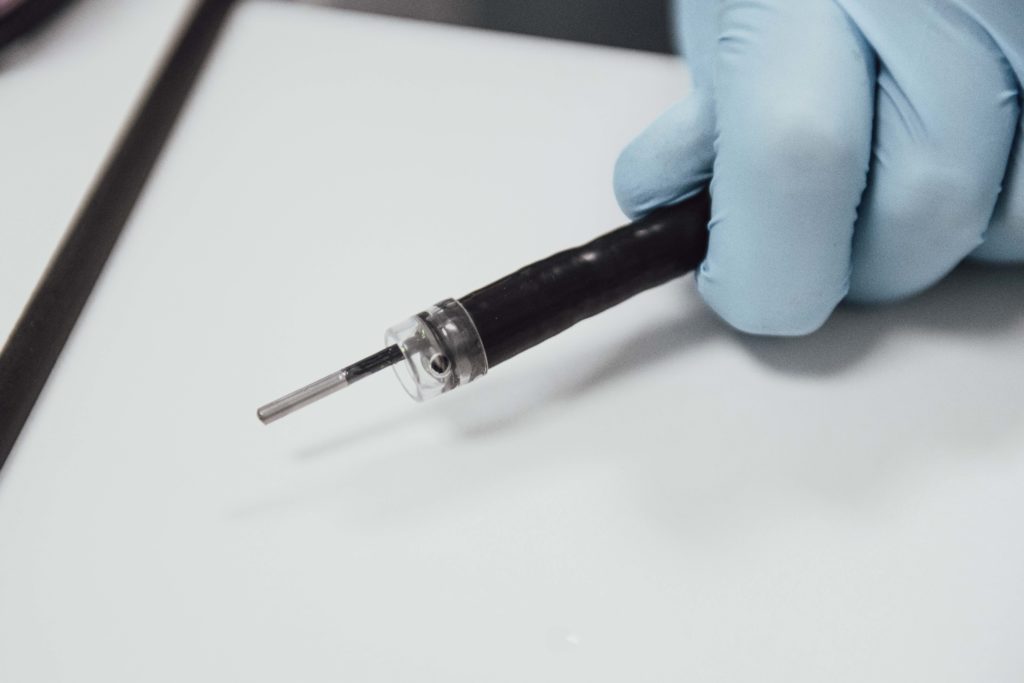
In this project we move this technique from the laboratory to the clinic by demonstrating that the method is safe and reliable for use in patients.
We hope that this approach will provide doctors with a new way of finding and diagnosing cancers and pre-cancers at the earliest possible time; when treatments are likely to be more successful and less radical.
